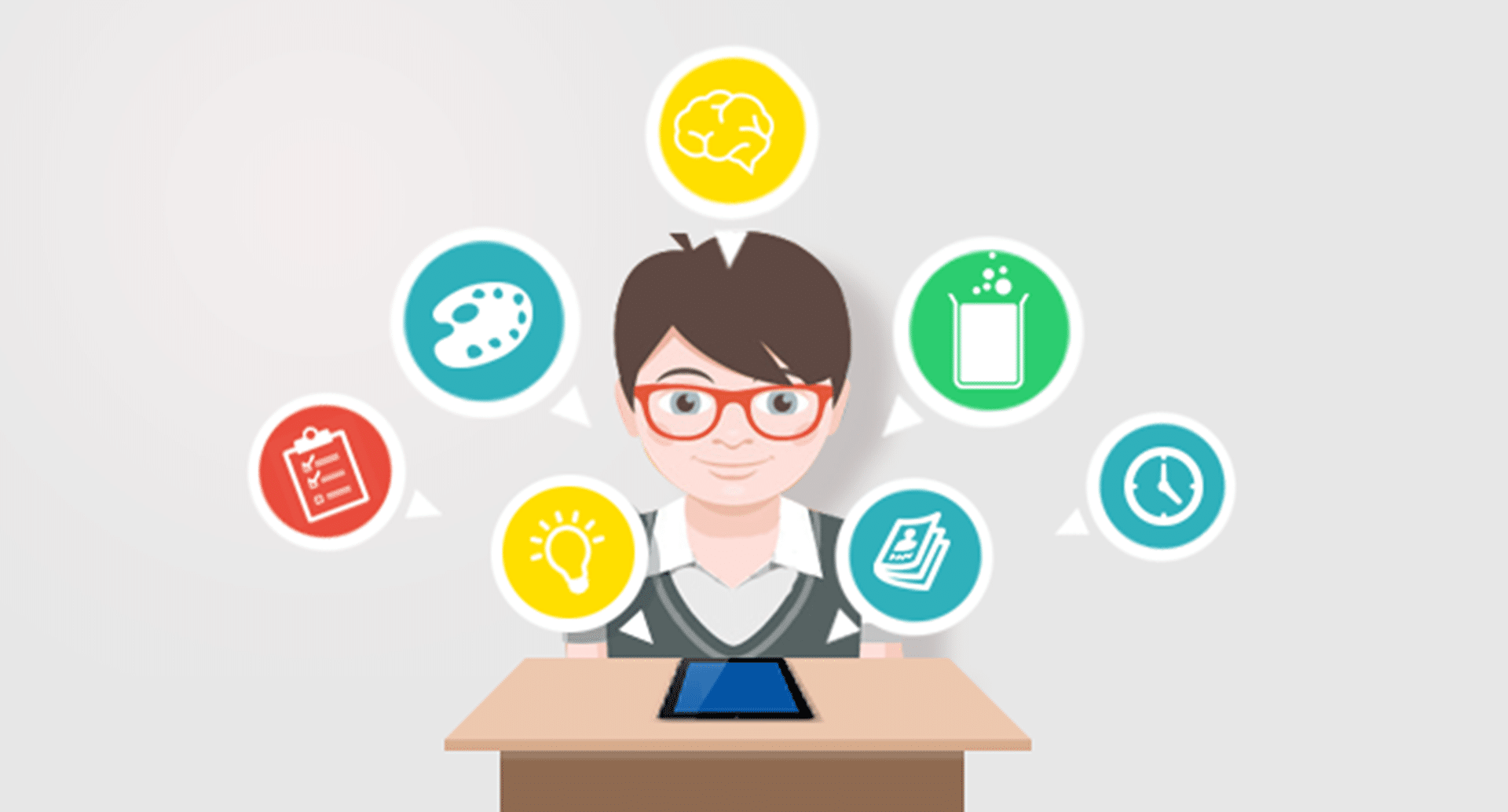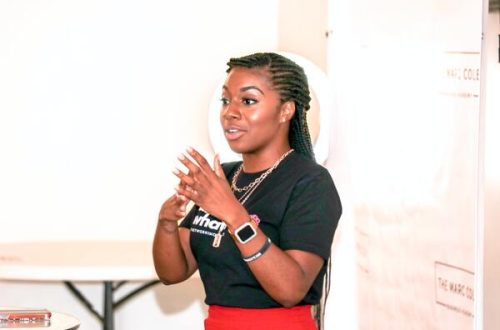
Independent Learning Theory
Independent study involves processing, methodology and philosophy of education whereby a learner acquires knowledge and develops the ability for enquiry and critical evaluation. Independent Learning Theory is related to the following terms:
- Independent learning
- Self-directed learning
- Autonomous learning
Independent learning is self-directed learning, where an individual can choose what they want to learn, how deeply they wish to learn about something and the methods/processes involved in learning.
This expectation exists at other levels of education, particularly as students progress to the final year of high school.
However having the skills and attitudes to take responsibility for one’s own learning is a critical key to student success in their tertiary education.
Academic staff are responsible for the intentional design of the curriculum and its quality-content, the ways in which it is delivered, and the ways in which student achievement of desired learning outcomes is assessed.
However, academic staff cannot be responsible for the entire student experience.
We cannot control how much individual efforts a student to devote to their own study, or how serious, motivated they are to learn and make the most of the learning opportunities available to them. These are aspects of the learning experience that students must control for themselves.
As university level teachers, we have a professional responsibility creating optimal learning environments for our students, but students themselves must be committed to their own learning success.
For this reason, independent learning skills should be explicitly taught in the first year.
How can I become an independent learner?

Read actively: Be an active reader, pay close attention to the words you are reading and their meaning.
Skim read: Speed read or skim material before reading it in detail and then summarising the text in your notes.
Go solo: Practice working individually for long periods of time.
Different sources: When doing research, try gathering from different sources.
Be persistent: If a task is challenging, don’t give up. Keep at it until you understand what you need to do.
Seek help where necessary: Asking for support and advice is an important part. If you need help, ask for it!
Discussions: If you want to expand an argument but are stuck for ideas, get a debate with friends or peers. This helps in thinking about an element you hadn’t considered before.
Set goals: Think what you want to get out of your work and remind yourself next time you’re flagging.
Effective time management: Break each project down into the relevant tasks, work out how long you will need to spend on each part, then allocate time in your diary in order of priority.
Lifelong Learning Situations
An interesting question arises whether self-directed learning implies a lifelong education. The answer is “no” because it is clear that an individual can elect to complete only one self-directed learning course and not choose to continue with any form of education. However, Candy has a more enlightened view of this issue:
The relationship between self-directed learning and lifelong education is a reciprocal one. On the one hand, self-directed learning is one of the most common ways in which adults pursue learning throughout their life span as well as being a way in which people supplement learning received in formal settings.
On the other hand, lifelong learning provides people with skills and competencies required to continue their own self-education beyond the end of of formal schooling. In this sense, self-directed learning is viewed simultaneously as a means and an end of lifelong education.
According to the definition of lifelong education adopted by the UNESCO Institute of Education, it should possess the following characteristics:
- Last the whole life of each individual
- Lead to the systematic acquisition, renewal, upgrading and completion of knowledge, skills, and attitudes made necessary by the constantly changing conditions in which people now live
- Have promotion of the self-fulfillment of each individual
- Acknowledge all available educational influences, including formal, non-formal, and informal
- Be dependent for its successful implementation on people’s increasing ability and motivation to engage in self-directed learning activities
Getting Started With Self-Directed Learning
An important distinction regarding self-directed learning is whether it’s global or a process. For some authors and researchers, self-directed learning is simply a method of organising instruction. The best example of this approach is found in Tough’s list of 13 steps in beginning a self-directed learning project:
- Deciding what knowledge and skill to learn
- Deciding the specific activities, methods, resources, or equipment for learning
- Deciding where to learn
- Setting specific deadlines or intermediate targets
- Deciding the beginning of learning episode
- Deciding the pace during a learning episode
- Estimating the current level and progress of knowledge and skill
- Detecting any factor that’s hindering learning
- Obtaining the desired resources or equipment
- Preparing or adapting a room
- Saving or obtain the money necessary for the use of certain human or nonhuman resources
- Finding time for the learning
- Taking certain steps to increase the motivation for learning
It is interesting to note that although this list includes many practical issues regarding self-directed learning, Tough did not ignore motivation, necessary resources and time which are important for self-directed learning.
Resources:





One Comment
Pingback: